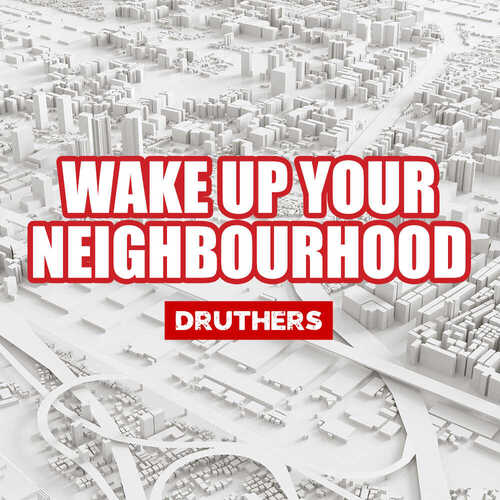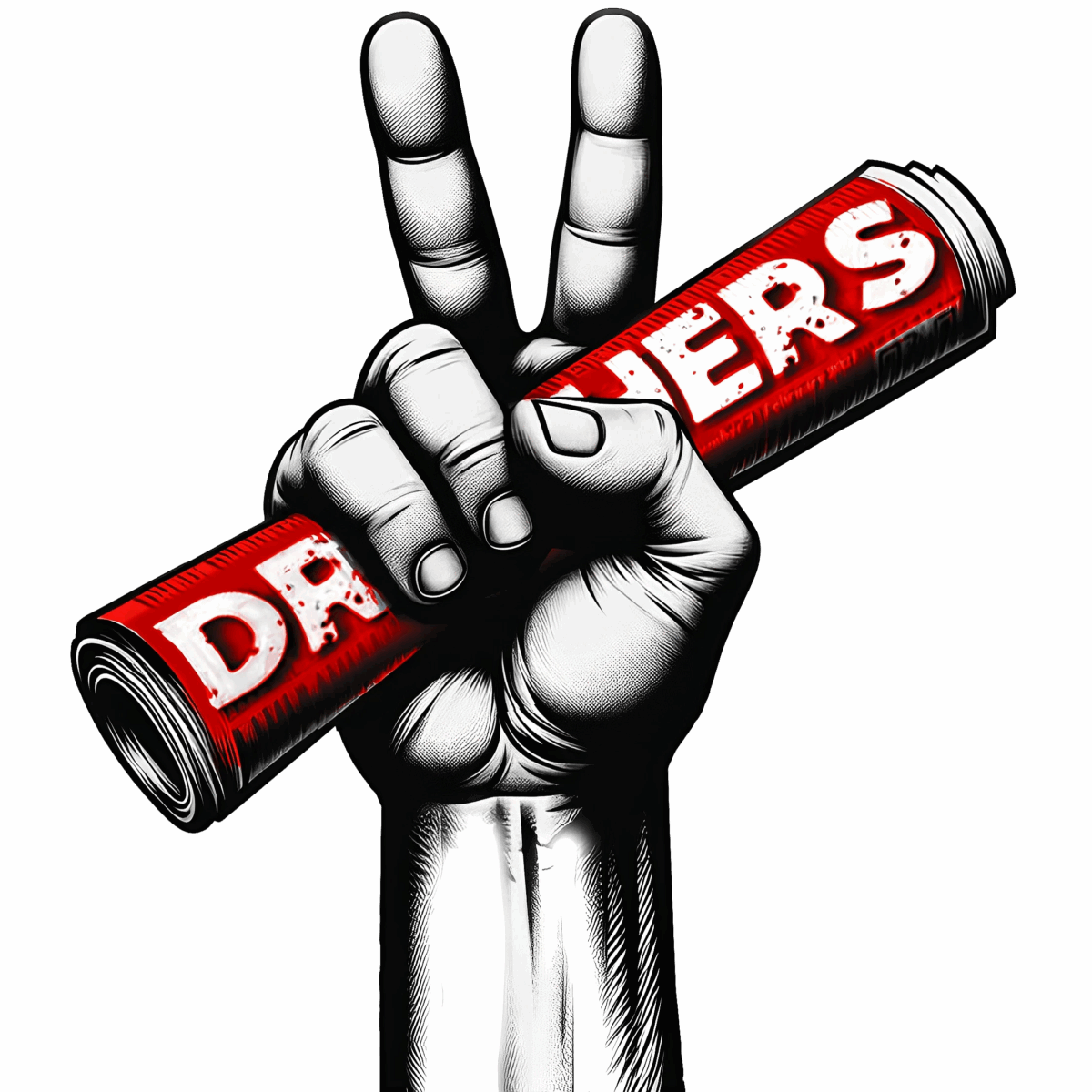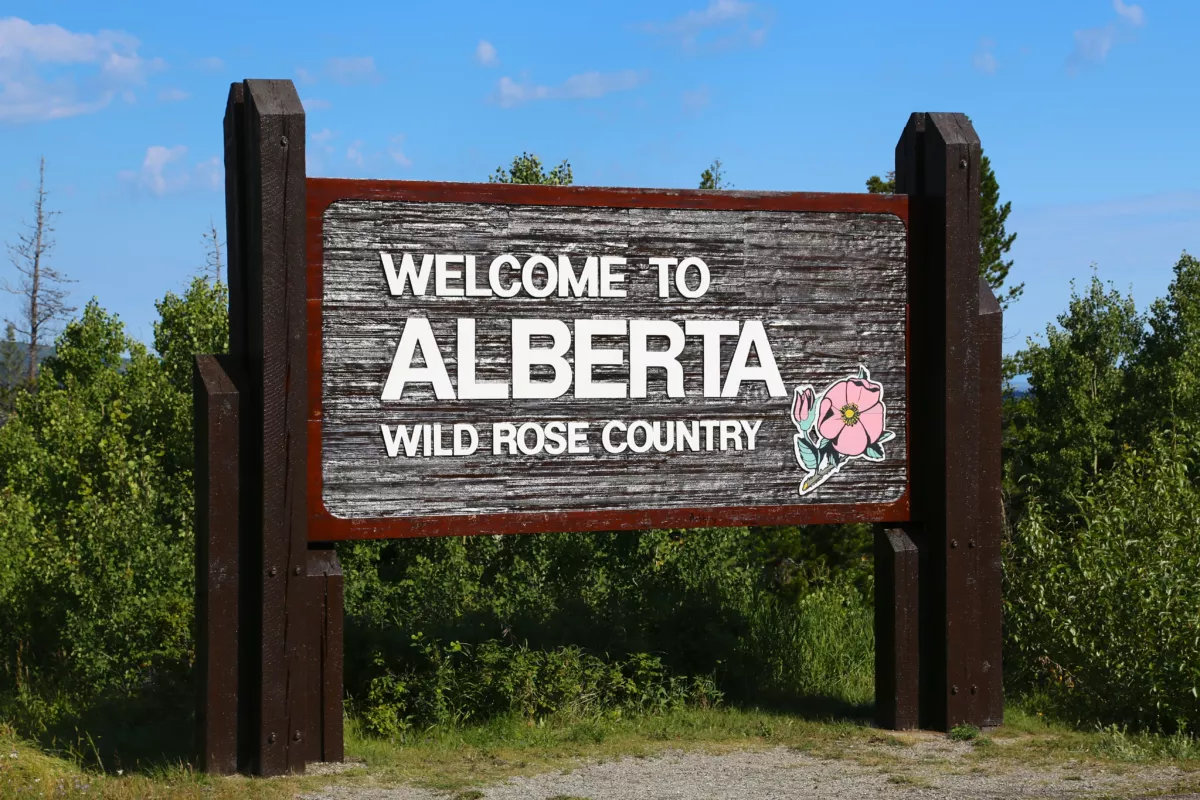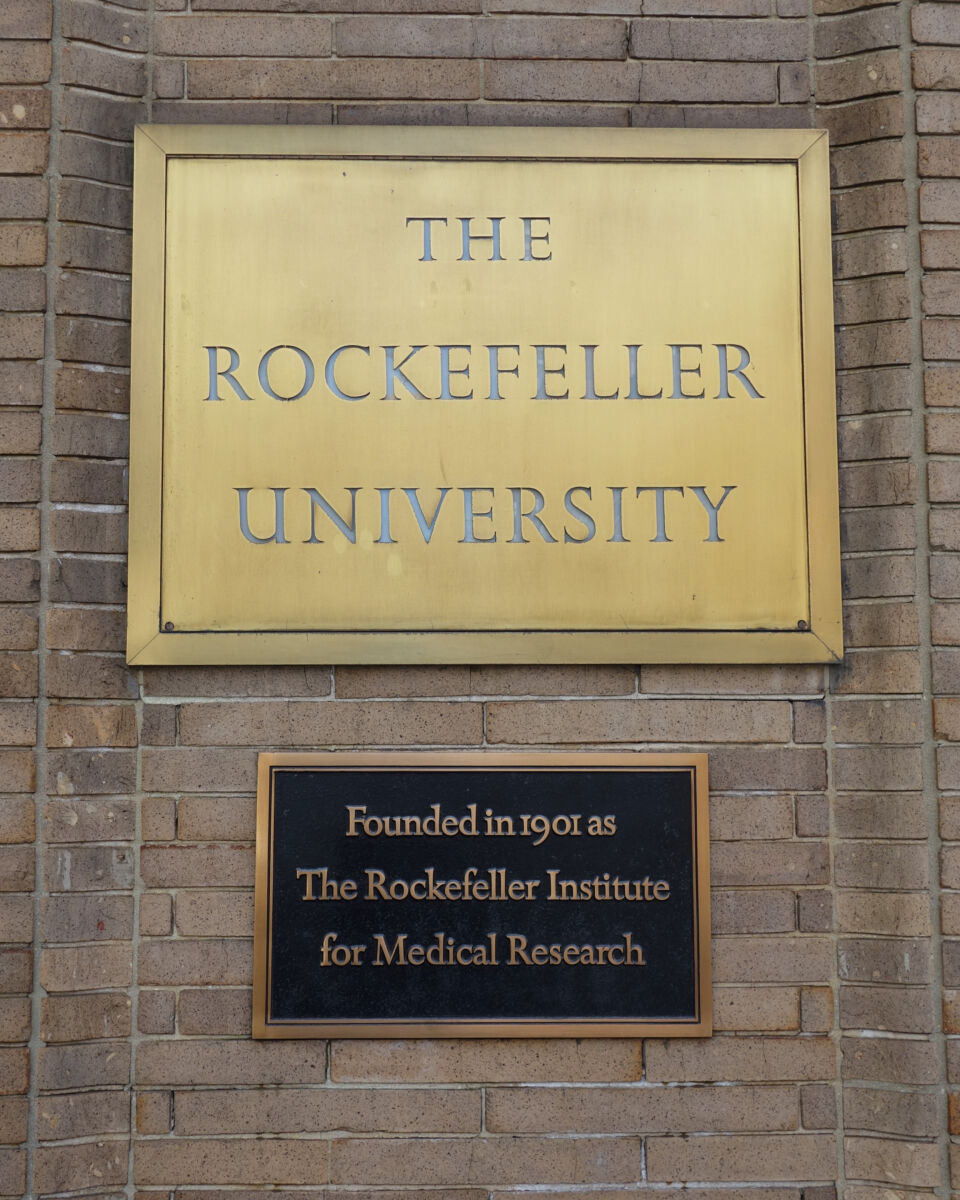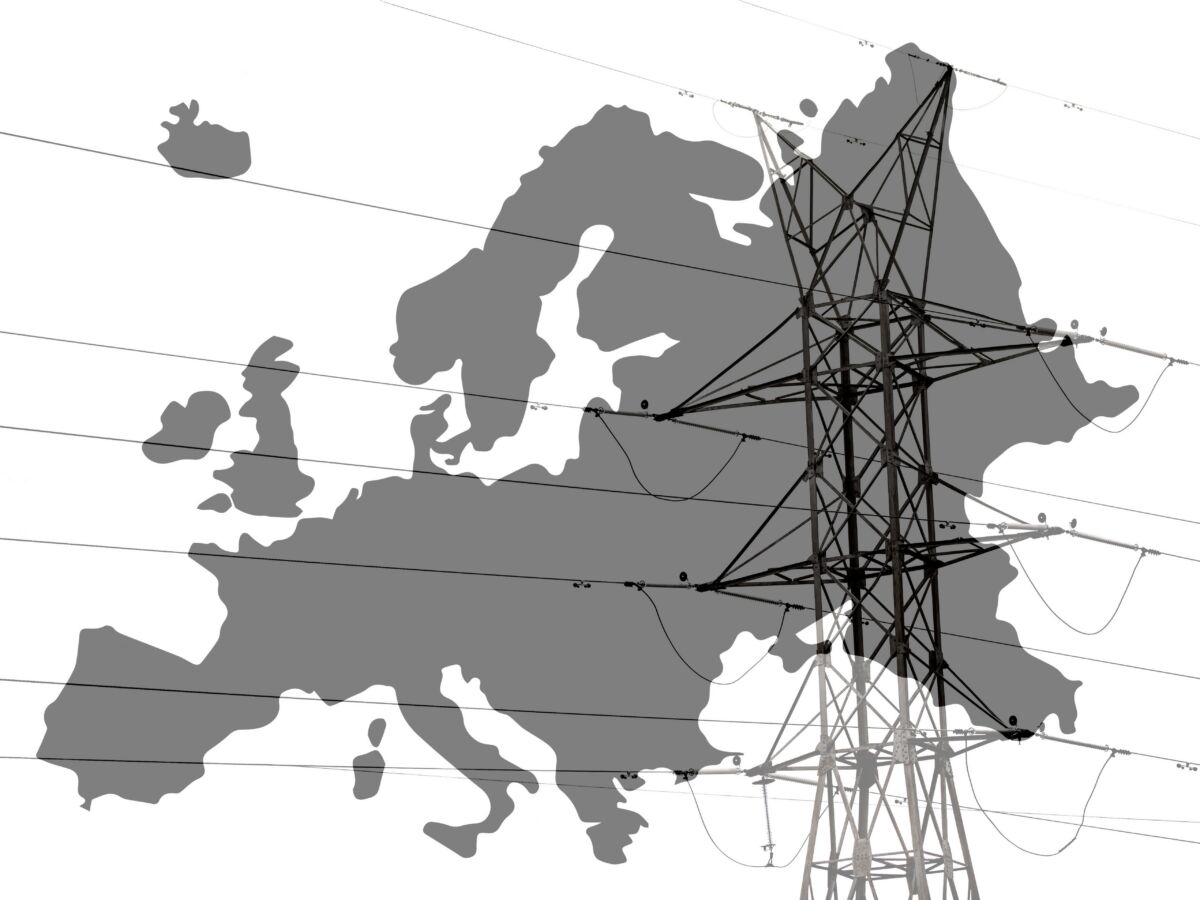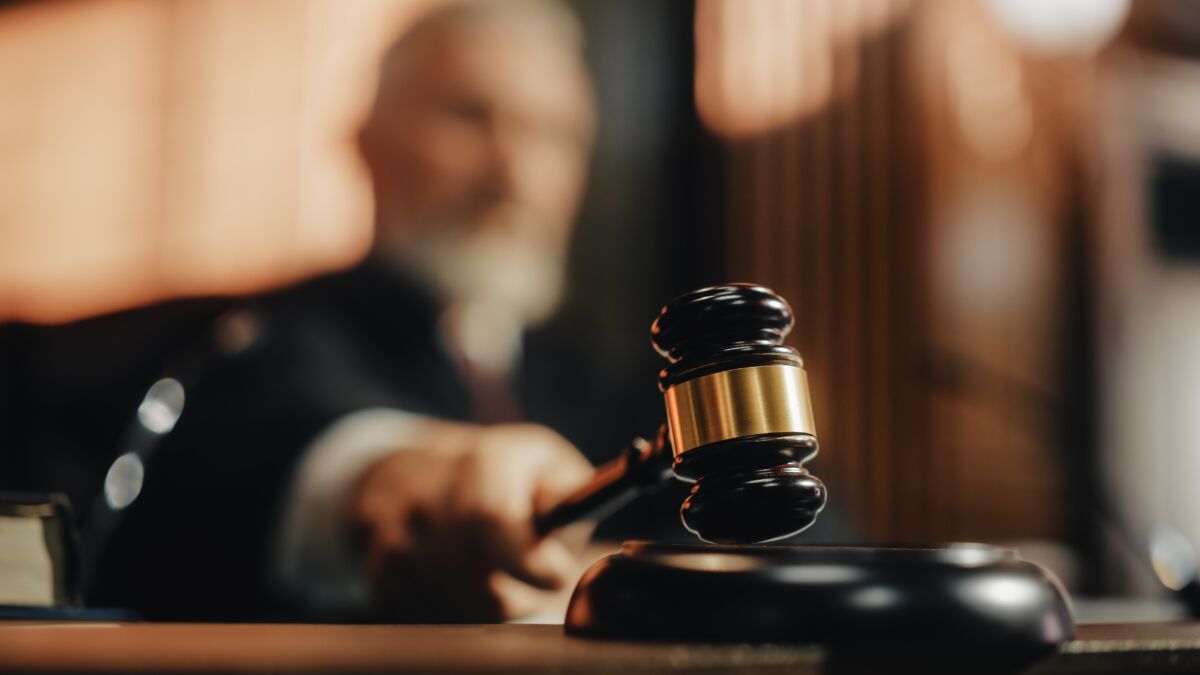Canada: The Grand Deception
On July 1st, 2017, Canada celebrated its 150th anniversary. Across the country there were fantastic celebrations, children with Canada flags painted on their cheeks, and proud Canadians dressing their cars in Canada flags. It had been 150 years since Canada confederated and became an independent country. But did it really?
The basis for this celebration goes all the way back to 1867. On March 29th, 1867, the British North America (BNA) Act received Royal Assent (meaning it was formally approved by the ruling monarch at the time, Queen Victoria). It went into effect on July 1st, 1867. Since then, July 1st has been celebrated as Canada Day and the majority of people refer to this BNA Act as the Constitution of Canada. This BNA Act of 1867 was not and is not a constitution. In 1864, at the Quebec Conference, delegates from the five British North American colonies met to discuss and form a proposed confederation, a unification into a single country. The delegates agreed on a set of 72 resolutions known as the Quebec Resolutions. From these 72 resolutions, the BNA Act of 1867 adopted only those that were beneficial to the British monarchy. The final BNA Act was actually drafted without any input from delegates from the colonies. The colonists were ultimately betrayed by Sir John A. Macdonald. Let’s look at the BNA Act of 1867 in more detail.
Don’t lose touch with uncensored news! Join our mailing list today.
The BNA Act of 1867 defines the Union of Upper Canada, Lower Canada, Nova Scotia and New Brunswick as One Dominion under the Name of Canada. The Province of Upper Canada would become the Province of Ontario, and the Province of Lower Canada would become the Province of Quebec. However, what exactly is a Dominion? The Interpretations Act of 1889, Section 18, Paragraph 3, written by the Imperial Parliament, defines a dominion to be a British colony. Therefore, Canada was clearly proclaimed to be a British colony. By definition a colony is not a free, independent country. It should therefore be clear that Canada did not confederate in 1867. As further evidence, there are no Articles of Confederation anywhere to be found. There is also no original copy of the signed BNA Act of 1867 available in Canada, because this document is the sole property of the British monarchy.
Section 2 of the BNA Act of 1867 declares that the provisions of this Act also extend to the Queen’s and King’s heirs and successors. This section 2 is important, and we will come back to it shortly!
Section 109 of the BNA Act of 1867 states that “all Lands, Mines, Minerals, and Royalties belonging to the several Provinces of Canada, Novia Scotia, and New Brunswick at the Union […] shall belong to the several Provinces of Ontario, Quebec, Novia Scotia and New Brunswick […].” Taking into consideration that Canada was proclaimed to be a British colony, this means that all natural resources of those lands belong to the British monarchy. This section 109 is also important, and we will come back to it later!
In the years that followed, more land was added to the Dominion of Canada through the Rupert’s Land Act (1868), the Manitoba Act (1870), the British Columbia Terms of Union (1871), and the Prince Edward Island Terms of Union (1873).
On June 19th, 1893, the Statute Law Revision Act was passed. This is an extremely important document! Through this Act, Queen Victoria explicitly repealed Section 2 of the BNA Act of 1867. Recall what I mentioned a few paragraphs earlier what Section 2 is about! As a result, through this repeal, absolutely no heir or successor to the Queen and King would have any power or authority over Canada once Queen Victoria dies! This Statute Law Revision Act of 1893 was never repealed after it was passed, Section 2 of the BNA Act was never re-enacted, and when Queen Victoria died on January 22, 1901, not only did the entire BNA Act of 1867 become null and void, but the British monarchy immediately also lost ALL power and authority over the land mass referred to as Canada. The importance of this fact cannot be stressed enough! What this means for the land mass that was defined as Canada in the BNA Act of 1867, is that it became truly independent. Each Province and Territory became an independent nation/country when Queen Victoria died! All people became independent and autonomous. The term “sovereign” is deceiving, because it does not mean autonomous, self-governing or free, but it is defined as someone who possesses supreme political power or authority, such as a king.
After the death of Queen Victoria, it was impossible for the British monarchy to repeal any previously passed Act or to resurrect any previously passed Act, because the British monarchy had lost ALL power and authority over Canada. Read this again to make sure you fully understand the importance of this!
Since January 22, 1901, any and all governments and Governors General have been de facto (i.e. exercising power as if legally constituted)! Since all governments, Governors General and monarchy have been illegitimate, all laws, acts, declarations and statutes have also been illegitimate ever since. For example, the Income Tax Act of 1948 was unlawfully implemented by an illegitimate Governor General (Harold Alexander of Tunis) in conjunction with an illegitimate monarch (King George VI). The Act is null and void, and the act of passing it was treason. However, it appears that at the time the people did not realize what had really happened. Maybe they did not pay attention and missed the extremely important Statute Law Revision Act of 1893. It appears, though, that the British monarchy and the government at the time took advantage of this and continued as if nothing had changed.
On December 10, 1931, the Statute of Westminster was passed in the British Parliament. Section 11 of this Statute clearly states that the term “colony” no longer includes a Dominion or any Province forming part of a Dominion after this Act is passed. This Statute simply reaffirmed the facts described in the previous two paragraphs and put them in writing. Each Province and Territory was already an independent nation, and all people were already independent and autonomous. However, it appears that nobody paid attention and thus the illegitimate government, Governor General and monarchy simply continued with the deceit. One might wonder why they did that. This is where Section 109 of the BNA Act of 1867 comes in (recall what I mentioned about Section 109 a few paragraphs earlier!). Canada was so rich in natural resources that the illegitimate leaders did not want to miss out on the opportunity to enrich themselves! Hence, the already de facto government quietly continued and has robbed the free, autonomous people of their wealth ever since.
In 1952, the Royal Style and Titles Act was passed. Passed by who? By an illegitimate government and monarchy. However, what is more ironic is the contents of this Act: Queen Elizabeth II proclaimed herself to be the Queen of Canada. We know that after Queen Victoria’s death the British monarchy had no power or authority over Canada. Proclaiming Elizabeth II as the new Queen of Canada was yet another treasonous act against the free, autonomous people.
It appears that Pierre Elliott Trudeau knew these facts and tried to use them to his advantage. In 1982, as an illegitimate prime minister, Trudeau changed the title of the already null and void BNA Act 1867 to the Canada Act 1982. He named Schedule B of the Canada Act 1982 the Constitution Act 1982 (which is also known as the Charter of Rights and Freedoms). He fooled the people by giving them the illusion that they had a constitution! But what is more important is the Proclamation of 1982. This proclamation did not make the Canada Act 1982 come into force. It merely stated that another proclamation would be needed to do that. And in order to ratify the Canada Act 1982, all Provinces had to sign it. Quebec refused to sign it because of Section 59 of the Act. It is extremely important to know that the Canada Act 1982, including the Constitution Act 1982 (which is the Charter of Rights and Freedoms) was NEVER ratified! It was never passed. What does this mean?
Many people have been protesting and referring to their “constitutional rights” or the rights and freedoms given to them by the “Charter”. However, nobody in Canada has these rights because the Charter was never ratified and there is no constitution! (Funny enough, the people are already free, independent and autonomous) That is also why the politicians, the government and the courts seem to ignore the Charter. The courts likely side with the government because of Section 1 of the Charter of Rights and Freedoms, which gives the government the option to ignore the Charter. Furthermore, Section 32 of the Charter clearly states that it applies to government only and not to private individuals. How come the Justice Centre for Constitutional Freedoms has not talked about these facts? It is nearly impossible to challenge any of this in court because the courts are part of the illegitimate system. It appears that most judges and lawyers would know this, but this system has also worked well for them. Over the years, the illegitimate government tried a few more times to pressure Quebec into signing the Act but failed each time. Since then, they have simply continued with the lies and the deceit. Fast forward to the horrific actions undertaken by the illegitimate government of Justin Trudeau over the past 3+ years, including the use of brutal force and police violence against free, autonomous people. Canada has been ruled by an illegitimate and at times horrific dictatorship since January 22, 1901.
What exactly is “Canada,” though? Many people do not know that the term “Canada” does not refer to the landmass that we all think it is. The Interpretations Act of 1985 defines Canada as follows: “Canada, for greater certainty, includes the internal waters of Canada and the territorial sea of Canada.” Further, “Canadian waters includes the territorial sea of Canada and the internal waters of Canada.” Why is the landmass not mentioned? The key word here is “includes”. A universal Maxim of Common Law, which Canada was founded upon, is that “the inclusion of one is the exclusion of all others.” This means that, since the land is not explicitly included, you are only “in” Canada when you are “in” any of the waters within Canada or that surround Canada. When you are on the land, you are not “in” Canada. It appears that the illegitimate government must know exactly what the truth is, but they have been hiding it! How does this definition apply to property taxes, which the illegitimate government takes from the people under threat of seizing their property or sending them to jail? How does this definition apply to any and all restrictions and mandates (which are not laws!) that the illegitimate government forced on the free, autonomous people on the land, the same land which is excluded from the definition of “Canada”? What is “Crown Land” then? By now, you will likely have as many questions as I have.
So, what can you do about this? Educate yourself, read the documents, spread the knowledge, educate your friends, family and neighbours, so that the people in each Province and Territory can unite to write an actual constitution. The people don’t need to ask anyone for permission or a license to do that! For fun, ask your Member of Parliament about these facts and request solid answers! You will likely be ignored, ridiculed and humiliated. Through continued peaceful protests, and by educating our friends and neighbours about the truth, this situation can be rectified and Marxism can be defeated. This truly affects everyone.
However, if anyone believes that any of these facts are incorrect, please don’t just show ignorance and spit insults, but present the factual proof that Canada confederated in 1867 (e.g. in the form of official Articles of Confederation or a properly signed Constitution). I’d be happy to hear about it. We can all make mistakes, and maybe there are some documents out there that I missed in my research.
Disclaimer: I am not a lawyer and nothing in this article is to be taken as legal advice. This article is merely a summary of the research of historic documents that I have undertaken. All referenced documents are readily available, and I encourage you to do your own research.
References:



